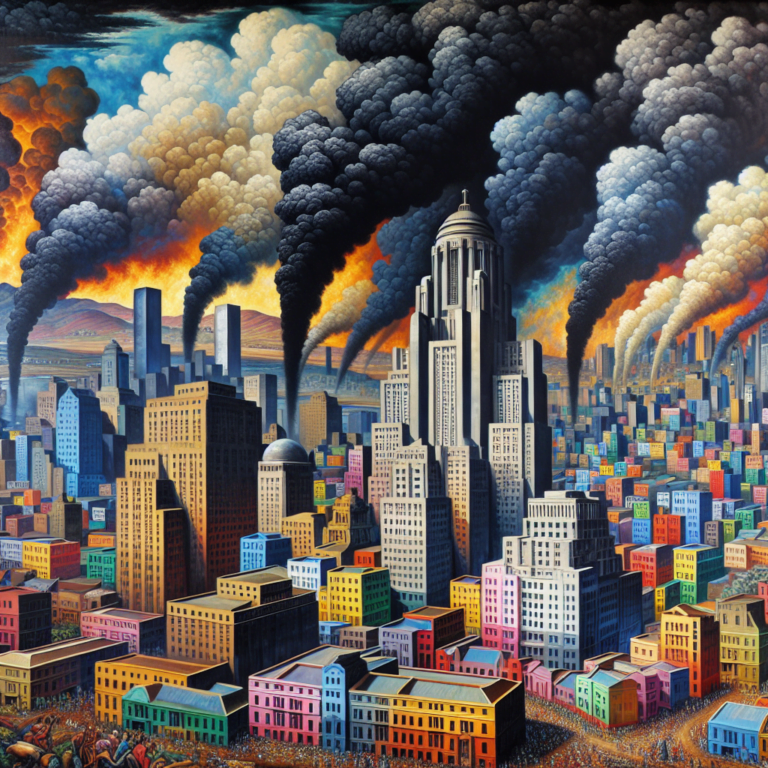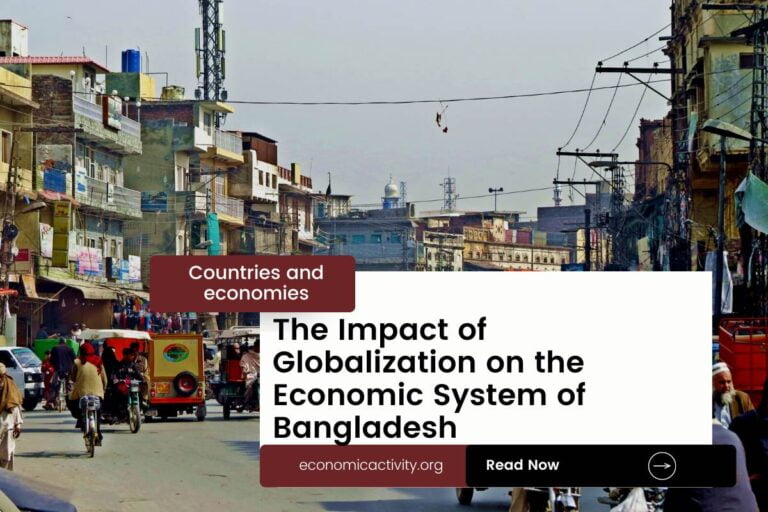The Democratic Republic of the Congo, with a population of 86,790,567 and an urban population of 39,095,679, accounting for 45.05% of the total, has a GDP of $47,319,624,204. In 2022, the country produced 2,606,688 tons of CO2, resulting in a per capita CO2 emissions of 0.027 tons.
This means that, on average, each person generates approximately 0.027 tons of CO2 annually.
To assess the impact of economic activity on CO2 emissions, it is crucial to examine the Carbon Intensity of GDP. In the case of the Democratic Republic of the Congo, the Carbon Intensity of GDP is 0.055 kg of CO2 per dollar, which is higher than both the USA (0.3 kg) and China (0.57 kg).
This metric indicates that the country’s economic output produces a relatively higher amount of CO2 emissions per dollar compared to these two nations.
These figures shed light on the Democratic Republic of the Congo’s CO2 emissions, highlighting the need for sustainable practices to mitigate environmental impact and promote a greener future.
Democratic Republic of the Congo Total CO2 emissions by source
How much do coal, oil, gas, cement and flaring contribute to CO2 emissions in Democratic Republic of the Congo?
In 2022, the Democratic Republic of the Congo emitted a total of 2,606,688 metric tons of carbon dioxide (CO2). The primary sources of these emissions were oil, accounting for 2,155,646 metric tons, and cement, contributing 451,042 metric tons.
Notably, coal and gas did not contribute to the country’s CO2 emissions.
These figures highlight the significant role of oil in the economy and its correlation with the emissions of CO2 in the Democratic Republic of the Congo.
What fraction of world fossil co2 emissions does Democratic Republic of the Congo accounts?
The Democratic Republic of the Congo is the 151st largest emitter of CO2 in the world. It accounts for 0.007% of global CO2 emissions.
CO2 emissions from cement in Democratic Republic of the Congo
In the Democratic Republic of the Congo, cement usage contributed to the production of 451,042 tons of CO2, representing 4.15% of the total CO2 emissions.
CO2 emissions from oil in Democratic Republic of the Congo
In the Democratic Republic of the Congo, the utilization of oil has led to the production of 2,155,646 tons of CO2, representing 82.70% of the total CO2 emissions.
Sources:





Leave a Reply